
Officials Say Flame-Grilled Diplomacy Is Central to Post-War Strategy
DIEGO GARCIA — In a move Pentagon officials describe as “both strategic and delicious,” the U.S. Army has quietly prepositioned six mobile Burger King trailers on the remote island of Diego Garcia, preparing for their eventual deployment into Iran as part of post-invasion “hearts and minds” operations.
Sources familiar with the plan say the mobile fast food units—nicknamed “Operation Whopper Drop”—will follow armored convoys into major Iranian population centers within 72 hours of initial boots on ground.
“Once we control the cities, we control the grills,” said one CENTCOM planner. “You don’t rebuild trust with leaflets. You do it with chicken fries and a limited-time rodeo cheeseburger.”
Mobile Units Equipped for Rapid Flame-Broil Deployment
Each trailer is hardened against small arms fire, EMP-resistant, and capable of slinging 400 Whoppers per hour under austere conditions. Specially trained personnel, drawn from prior deployments to Iraq, Afghanistan, and Kuwait food courts, are undergoing refresher training in Tactical Meal Distribution, Supply Chain Apology Techniques, and Managing Line Fights Over Mozzarella Sticks.
“We’re not just flipping burgers,” said CW2 Mark “Grill Daddy” Lamont, the operation’s lead foodservice warrant. “We’re flipping the narrative.”
Burger King Chosen Over Subway After 2007 ‘Breadgate’ Incident
While multiple fast food partners were considered, Burger King was selected for its robust grill-based infrastructure and low sensitivity to local bread quality. Subway was disqualified after a 2007 incident in Iraq involving undercooked flatbread and a diplomatic breakdown with local elders.
“There’s no peace without pickles,” said one anonymous PSYOP NCO. “You want to stabilize a region? Feed them something that makes them feel seen—and full.”
Critics Question Ethics of Fast Food as Foreign Policy
Human rights observers have expressed concern over the use of fast food in psychological operations, arguing that weaponized Whoppers may cross ethical lines. Pentagon officials pushed back, insisting that “no one has ever thrown a Molotov after a BK Hershey’s pie.”
Meanwhile, rumors swirl of future plans to airdrop Happy Meals over key resistance neighborhoods, though DoD lawyers are reportedly debating whether the inclusion of toys constitutes “unauthorized incentive packages.”
Looking Ahead: McMorale Ops Phase II
Sources confirm Phase II may involve co-locating these mobile Burger Kings with civil affairs units to establish “Safe Zones of Snackfluence”—areas where civilians can receive aid, information, and a Double Whopper with Cheese. While analysts debate the long-term strategic impact, one thing is certain: U.S. foreign policy has officially entered its flame-broiled era.
About the Author
Buck Hightower is AAR’s lead reporter for Combatives, Commissary Affairs, and Strategic Snacking. A former Civil Affairs specialist turned investigative journalist, Buck has written extensively on tactical morale operations, interagency snack rivalries, and once embedded with a PX convoy for 14 straight days without a shower. His upcoming exposé, “The Great Rip-It Dump of Kandahar”, is expected to ruin several careers.

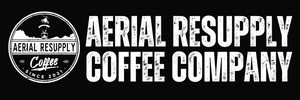

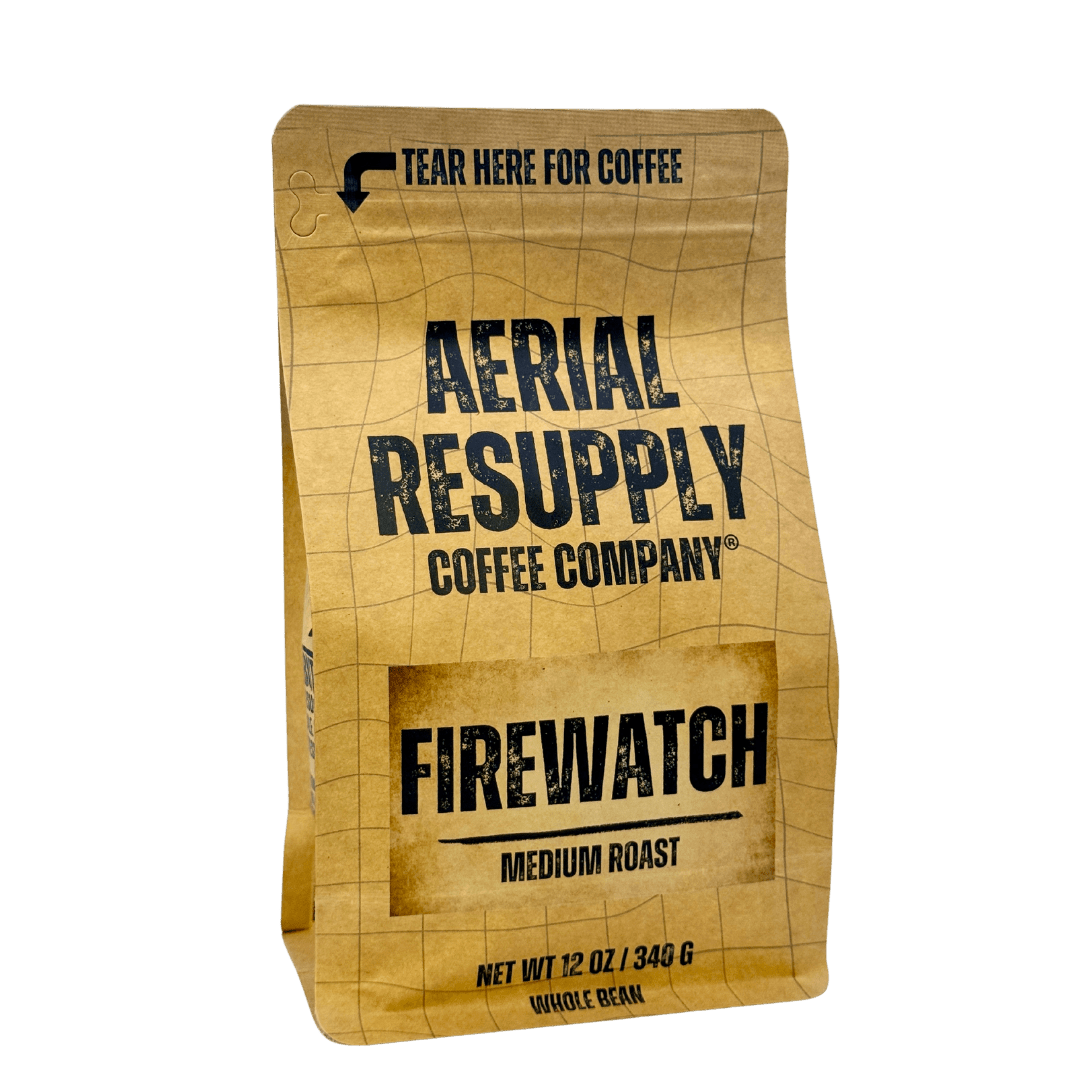
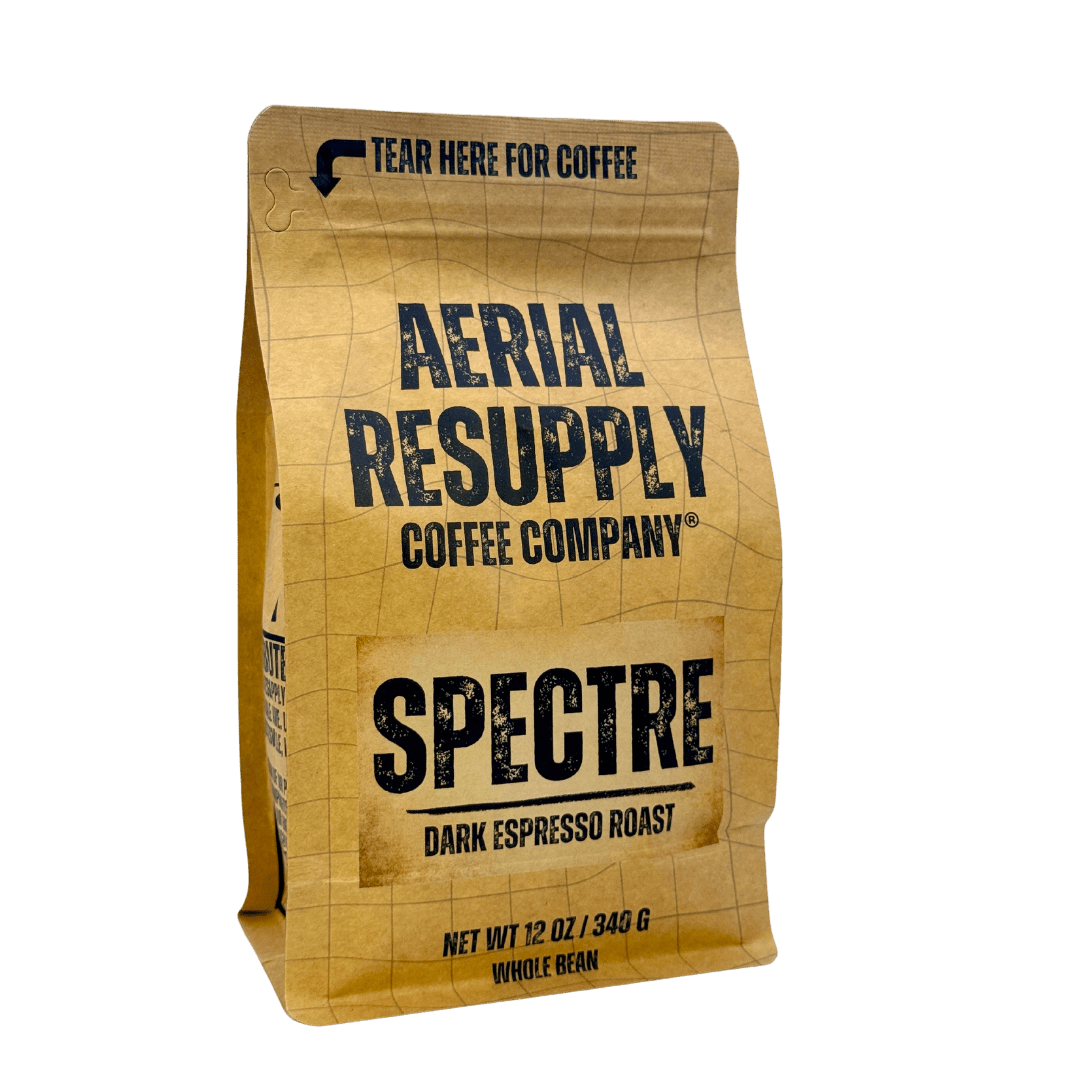
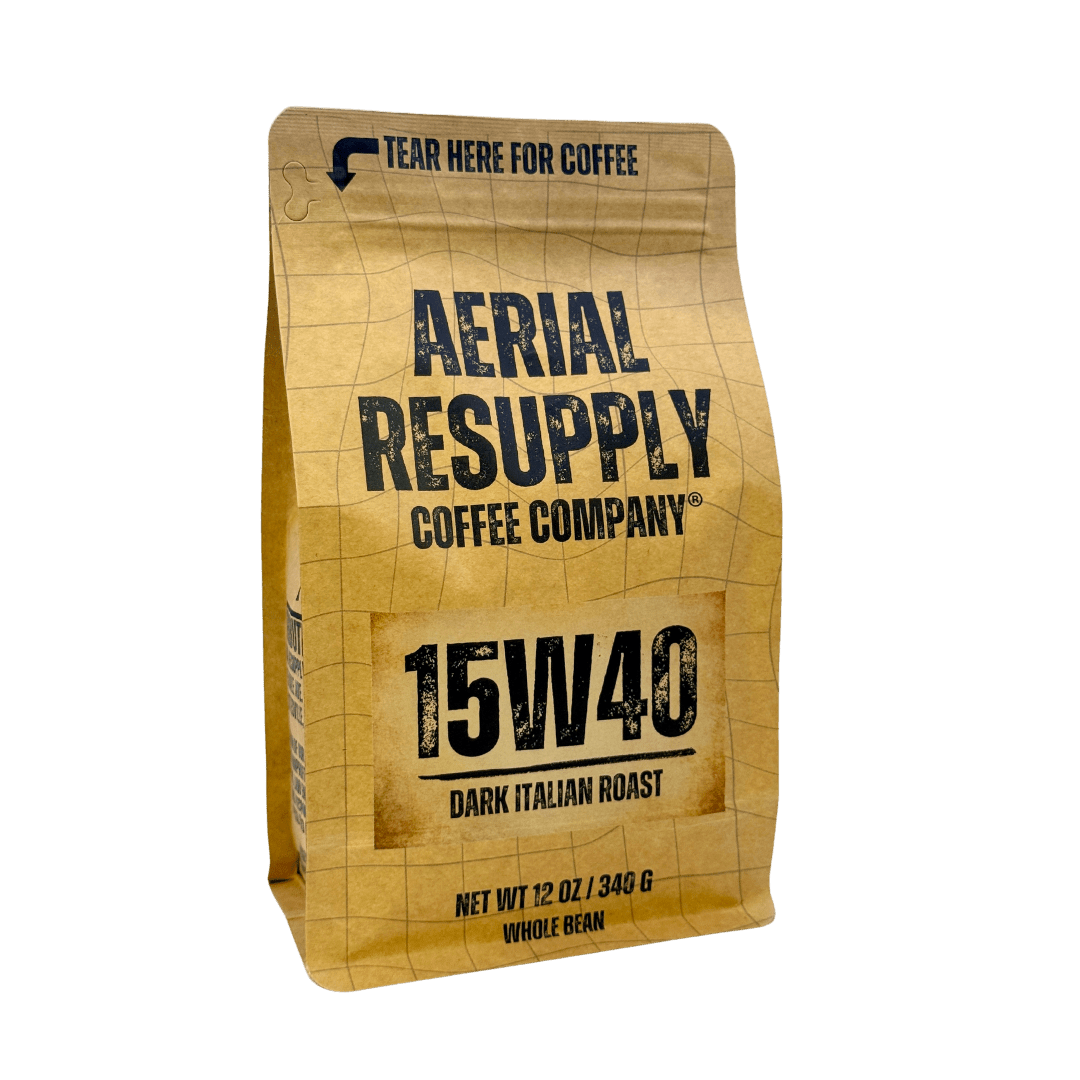
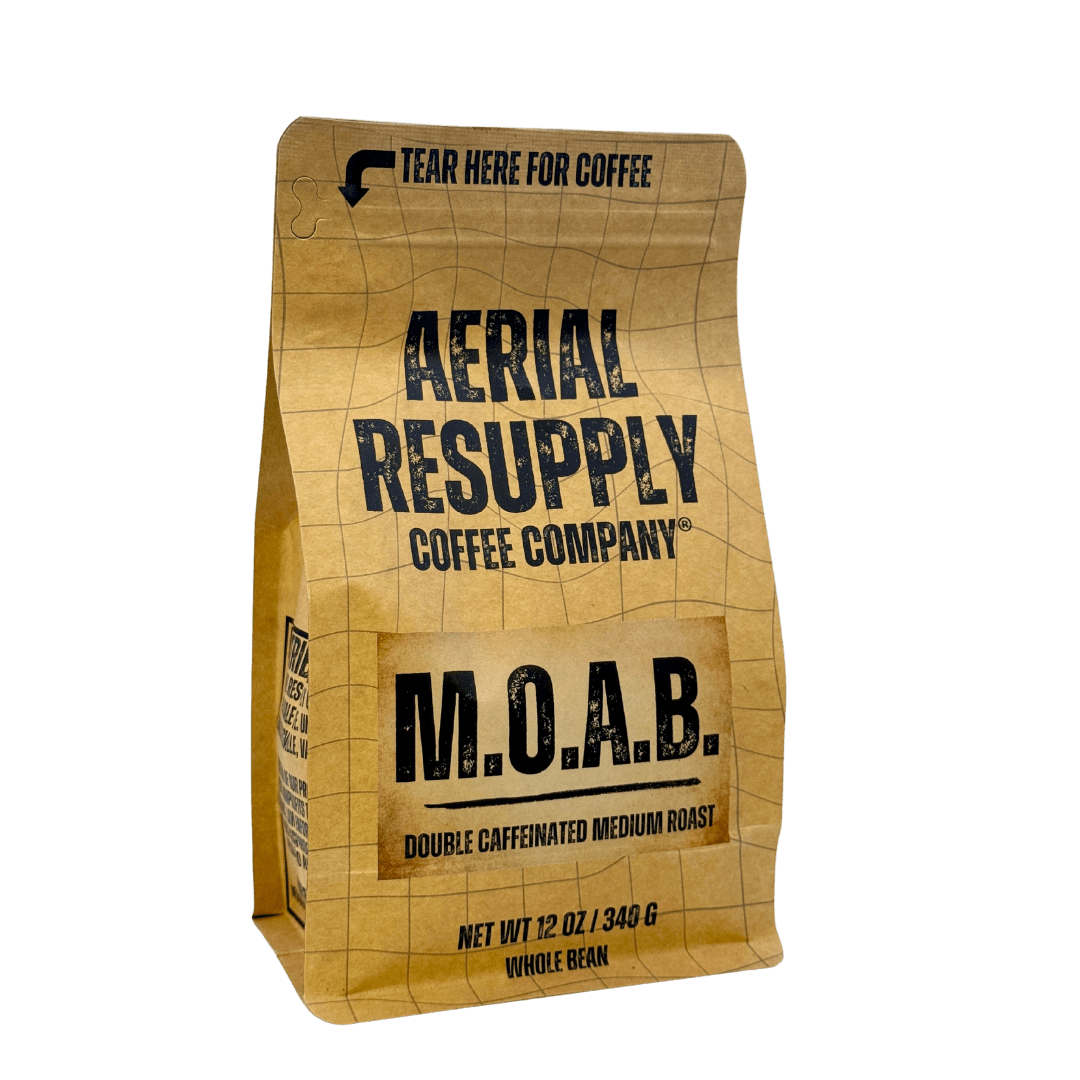
Leave a comment